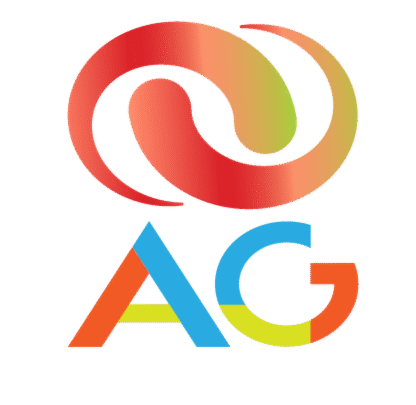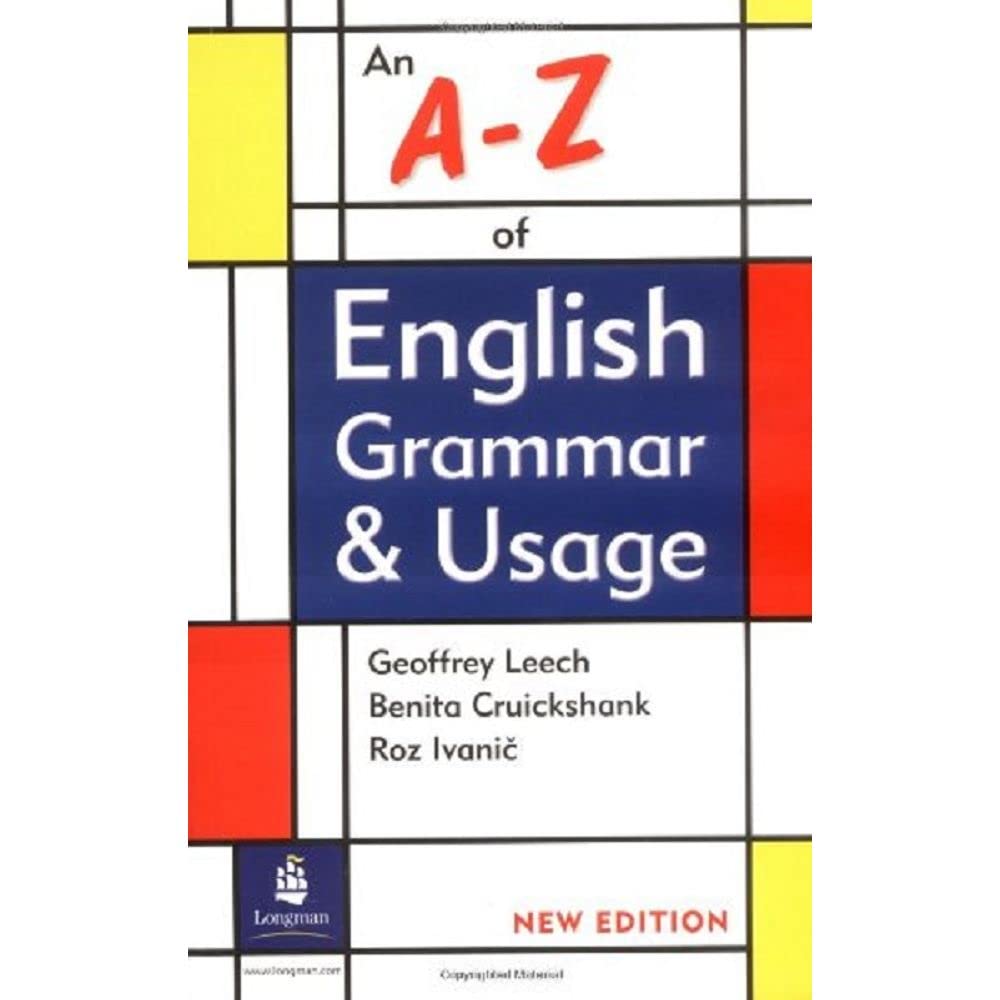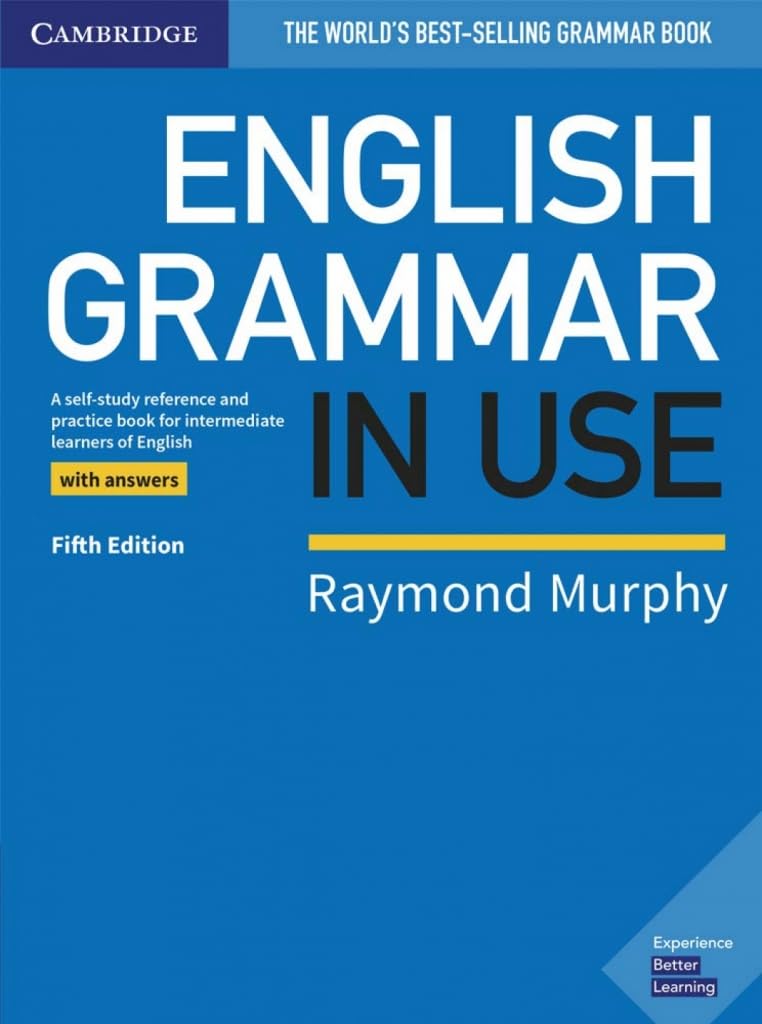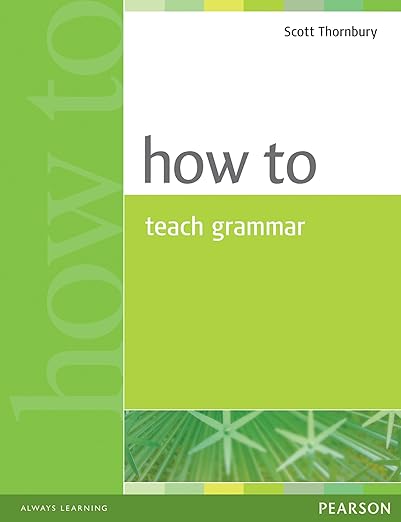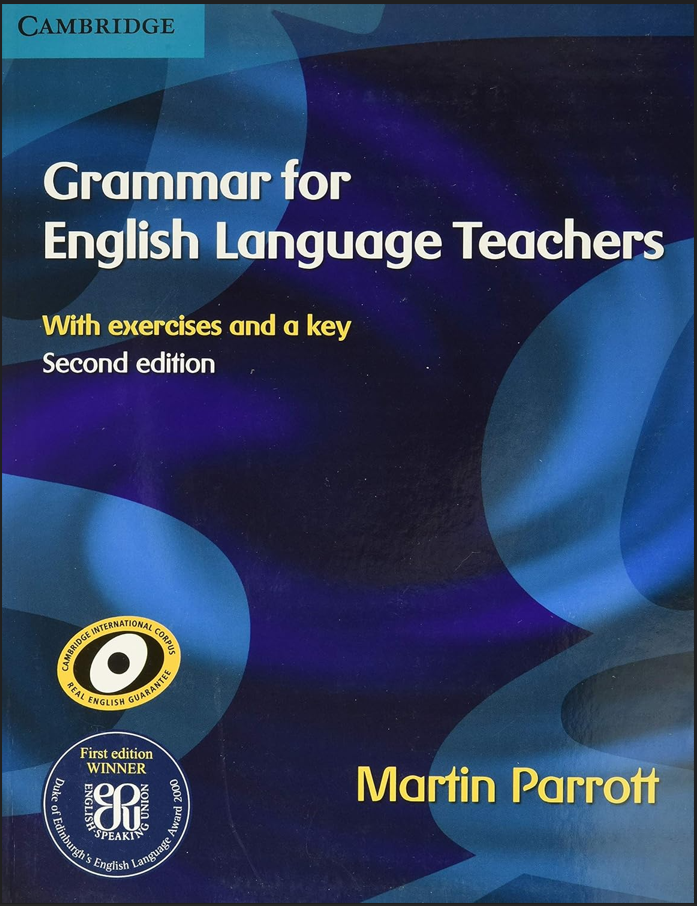Authors: Geoffrey N. Leech, Benita Cruickshank, Roz Ivanic
Target Audience: Beginners and intermediate English learners
“An A–Z of English Grammar & Usage” (2nd Edition) by Geoffrey N. Leech, Benita Cruickshank, and Roz Ivanic is a thoughtful, accessible, and comprehensive guide to English grammar that serves as an indispensable reference for beginners. It is both user-friendly and academically sound, making it suitable for students, self-learners, teachers, and even native speakers seeking to brush up on grammatical concepts.
What sets this grammar book apart is its unique A-to-Z structure. Rather than presenting grammar in the traditional progressive method—starting from basic sentence components and moving to complex structures—the book is arranged alphabetically, similar to a dictionary or encyclopedia. This layout is especially helpful for beginners who may want to look up specific grammar points or clarify confusing terms without reading entire chapters.
Strengths of the Book
1. Clarity and Simplicity of Explanations
One of the most commendable aspects of this book is the clarity with which it explains grammar concepts. The authors avoid overwhelming learners with overly technical jargon, instead opting for accessible language. Terms such as “noun,” “verb,” “tense,” “clause,” and “article” are explained with clear examples and straightforward definitions. Even when dealing with more nuanced points—like the differences between the present perfect and simple past—the book maintains a gentle tone that is reassuring for beginners.
2. Real-Life Examples
The book uses a wealth of real-life examples to illustrate each point, which makes learning feel grounded in actual usage rather than abstract rules. These examples are especially useful for learners who are trying to understand how grammar functions in spoken and written English. Whether the entry is about “modals,” “conditionals,” or “prepositions,” the examples are relatable and easy to follow.
3. Cross-Referencing and Navigation
As an A-to-Z reference, cross-referencing is key—and this book does an excellent job at it. Terms are linked to related entries, guiding readers naturally from one concept to another. For instance, if you’re reading the entry on “questions,” you might be directed to check “auxiliaries” or “inversion” to deepen your understanding. This encourages curiosity and exploration, turning grammar learning into a more interactive experience.
4. Designed for Self-Study
For learners who are studying English independently, this book is a valuable tool. Its structure means that users can jump straight to the point they are interested in without needing to go through chapters in a fixed order. Additionally, there is no assumed prior knowledge, making it especially friendly to true beginners. Explanations start from the basics and gradually introduce more complex elements, allowing readers to learn at their own pace.
5. Updates and Relevance in the 2nd Edition
The second edition has been updated to reflect modern English usage, which is important given how language evolves. The authors have revised and added entries to reflect how English is spoken and written today, especially in informal and digital contexts. This is crucial for learners who will encounter English not only in textbooks but also in media, emails, social media, and conversations.
Points to Consider
1. Lack of Progressive Learning Path
While the A–Z structure is useful for reference, it may not suit learners who prefer a more structured progression. Beginners who are starting from scratch might feel unsure about where to begin or what to study next. The book isn’t designed as a course, so for those seeking step-by-step instruction, it might work better as a companion rather than a primary textbook.
2. Limited Exercises and Practice
This book is more focused on explanation than practice. While it excels at describing grammar rules and usage, it includes very few exercises for learners to test their understanding. Beginners may need to supplement this book with grammar workbooks or interactive apps that offer exercises and quizzes to reinforce the material.
3. Some Terminology May Still Challenge Beginners
Although the book simplifies grammatical terms where possible, some entries inevitably involve complex concepts. For absolute beginners, a few terms—like “subjunctive,” “ellipsis,” or “anaphora”—might still feel abstract, despite the authors’ efforts to explain them clearly. However, these more advanced terms are usually clearly marked and can be skipped until the learner feels ready.
Final Thoughts
“An A–Z of English Grammar & Usage” is an excellent reference guide that manages to balance academic rigor with accessibility. Its alphabetical format, clear explanations, and real-world examples make it an outstanding tool for beginners who want to understand English grammar in a practical and digestible way.
Rather than a traditional textbook, it functions more like a grammar encyclopedia—best used as a reference to look up confusing points or explore new concepts as they arise during reading, writing, or conversation practice. For teachers, it provides clear explanations that can be adapted into lessons; for students, it serves as a handy desk reference for homework or revision.
If you’re starting your journey in English learning and want a reliable, comprehensive, and approachable guide to grammar, An A–Z of English Grammar & Usage is a worthwhile investment. Paired with a workbook or course, it will strengthen your understanding of the language and build your confidence in both writing and speaking English.
You can buy the original book on Amazon.
